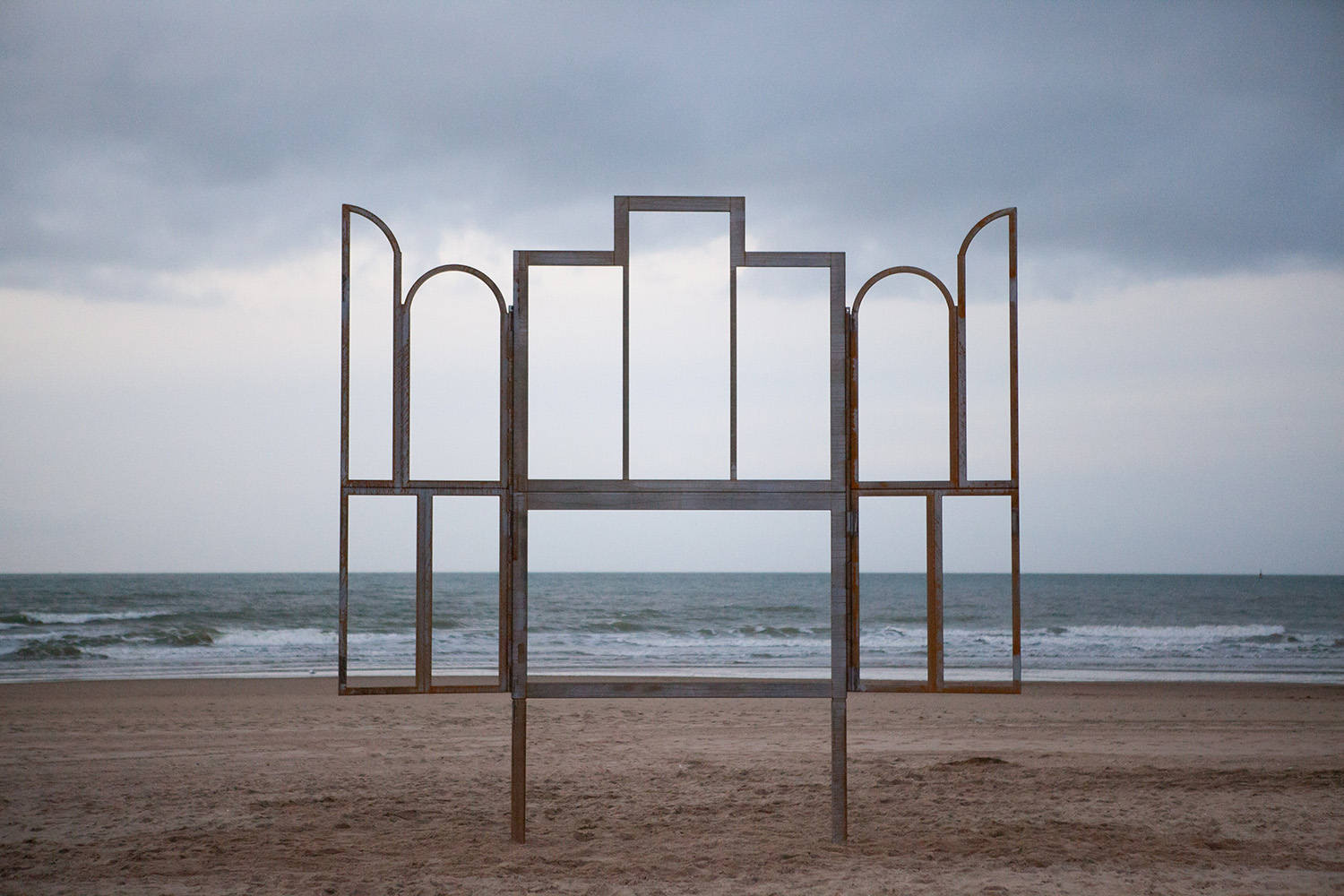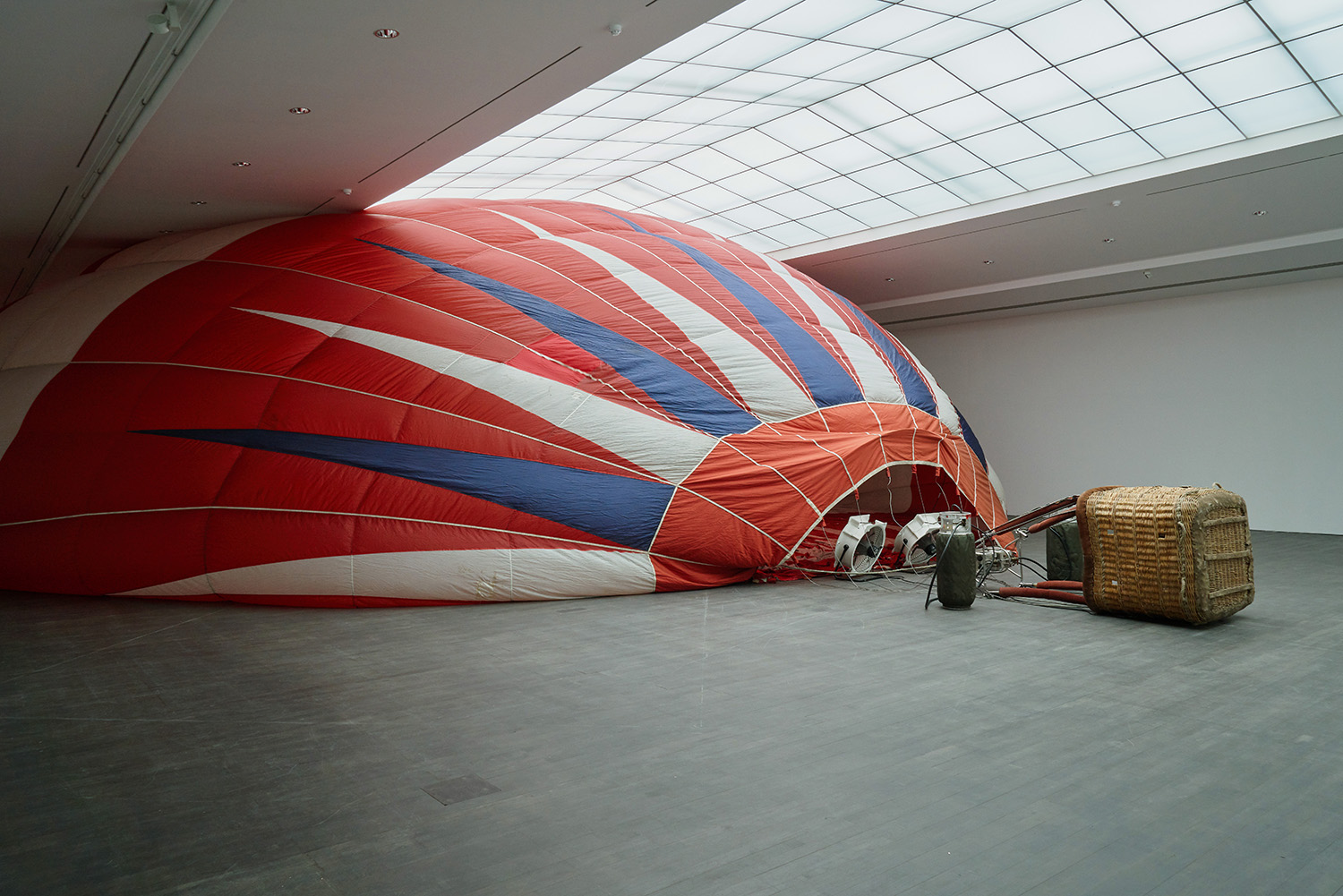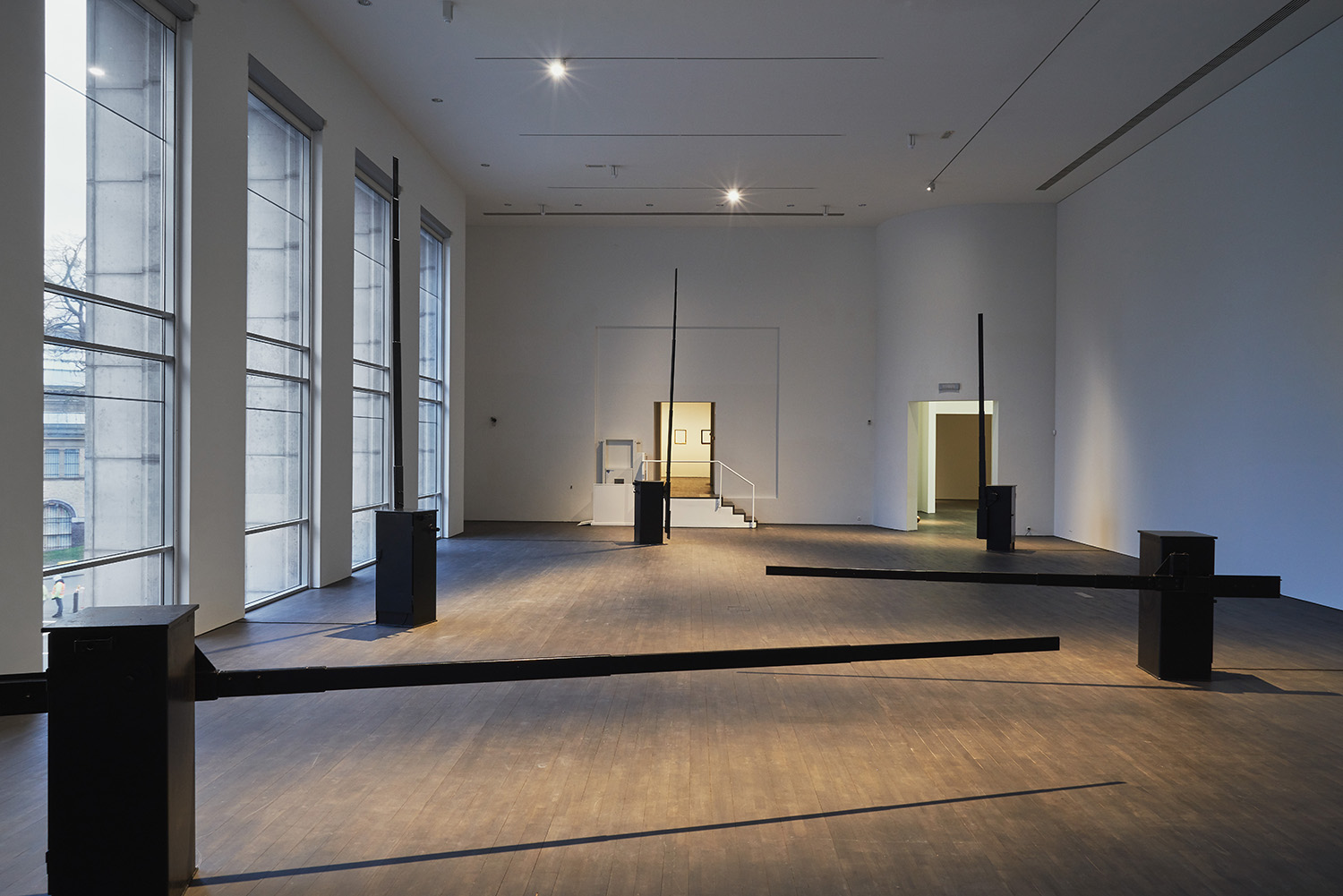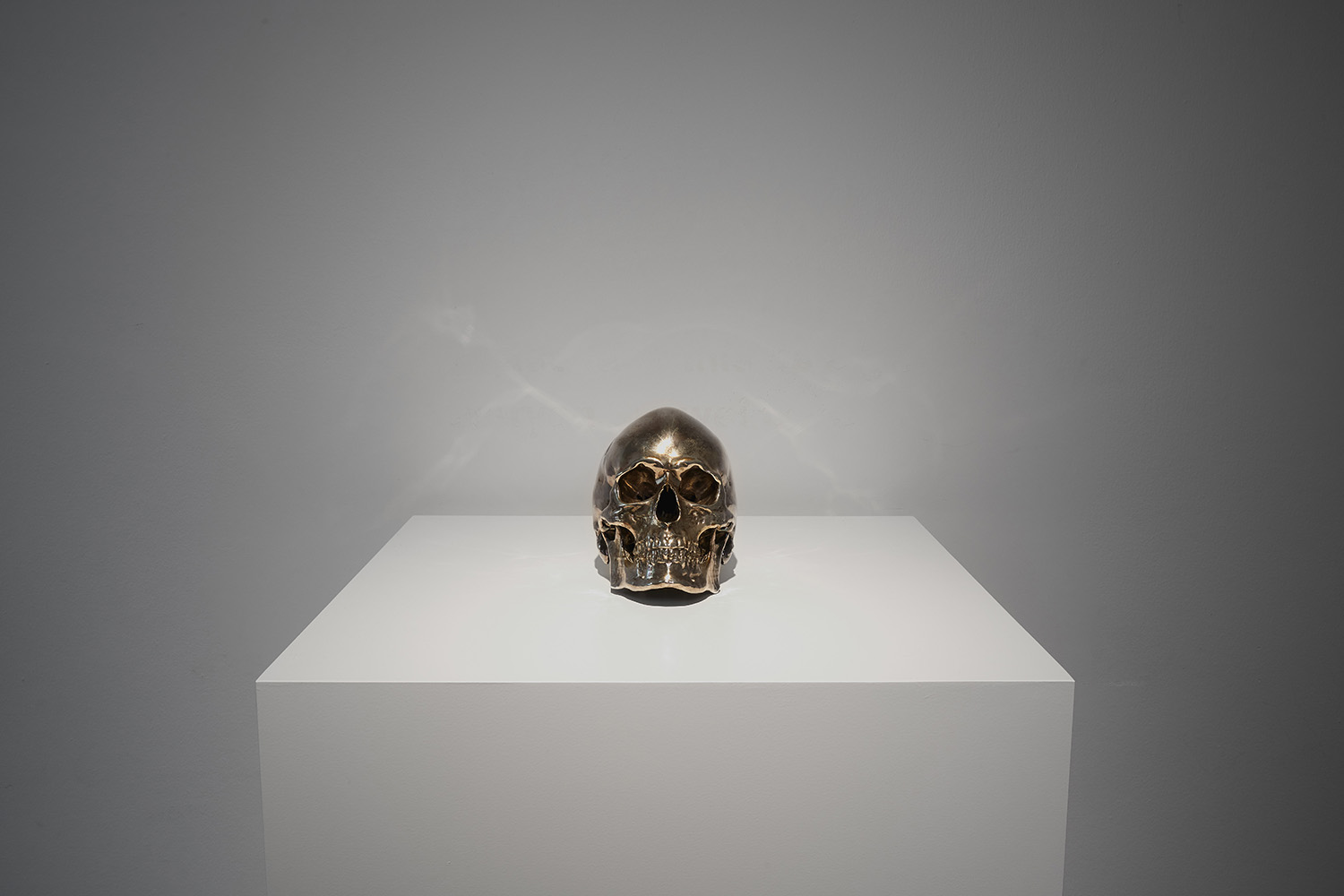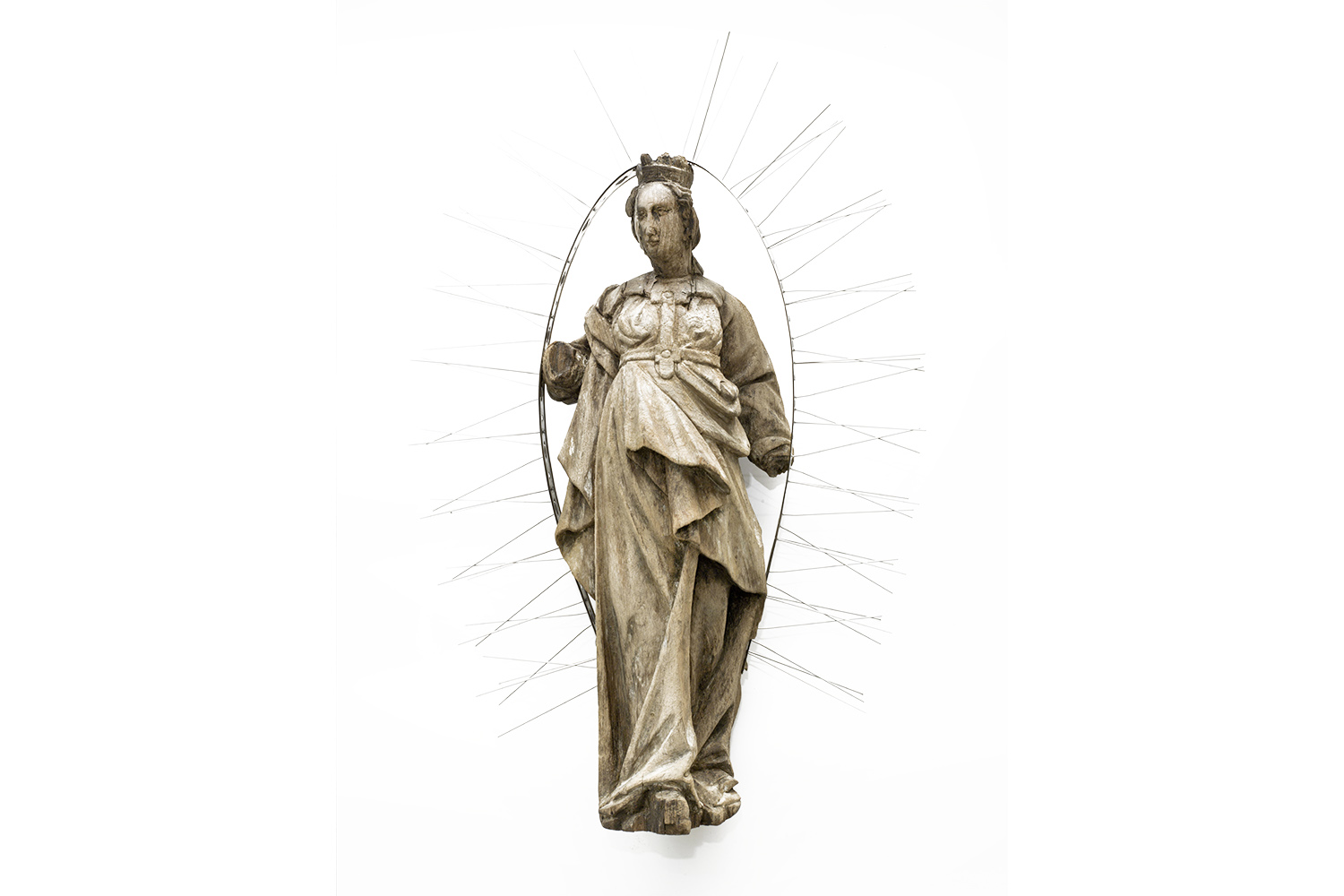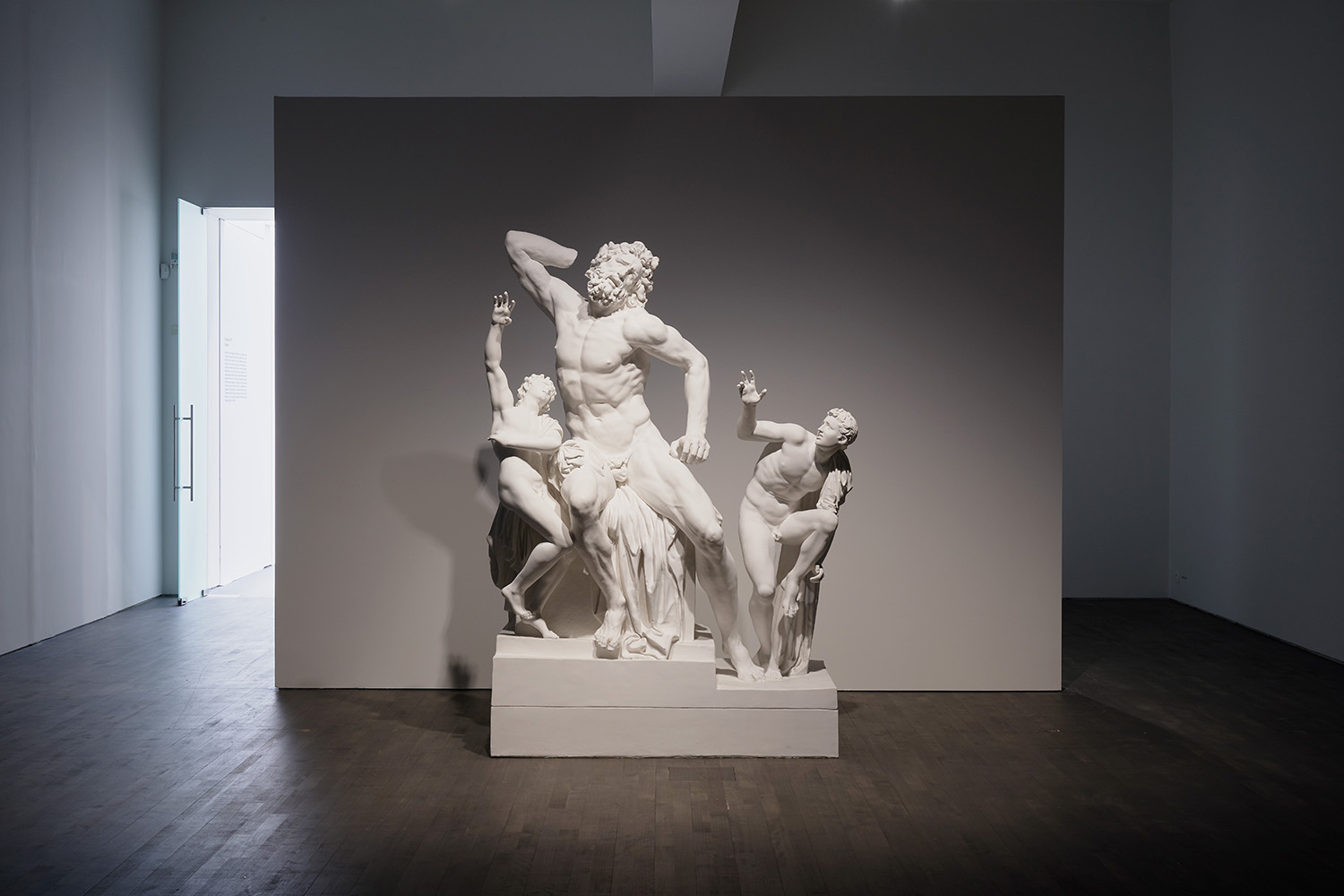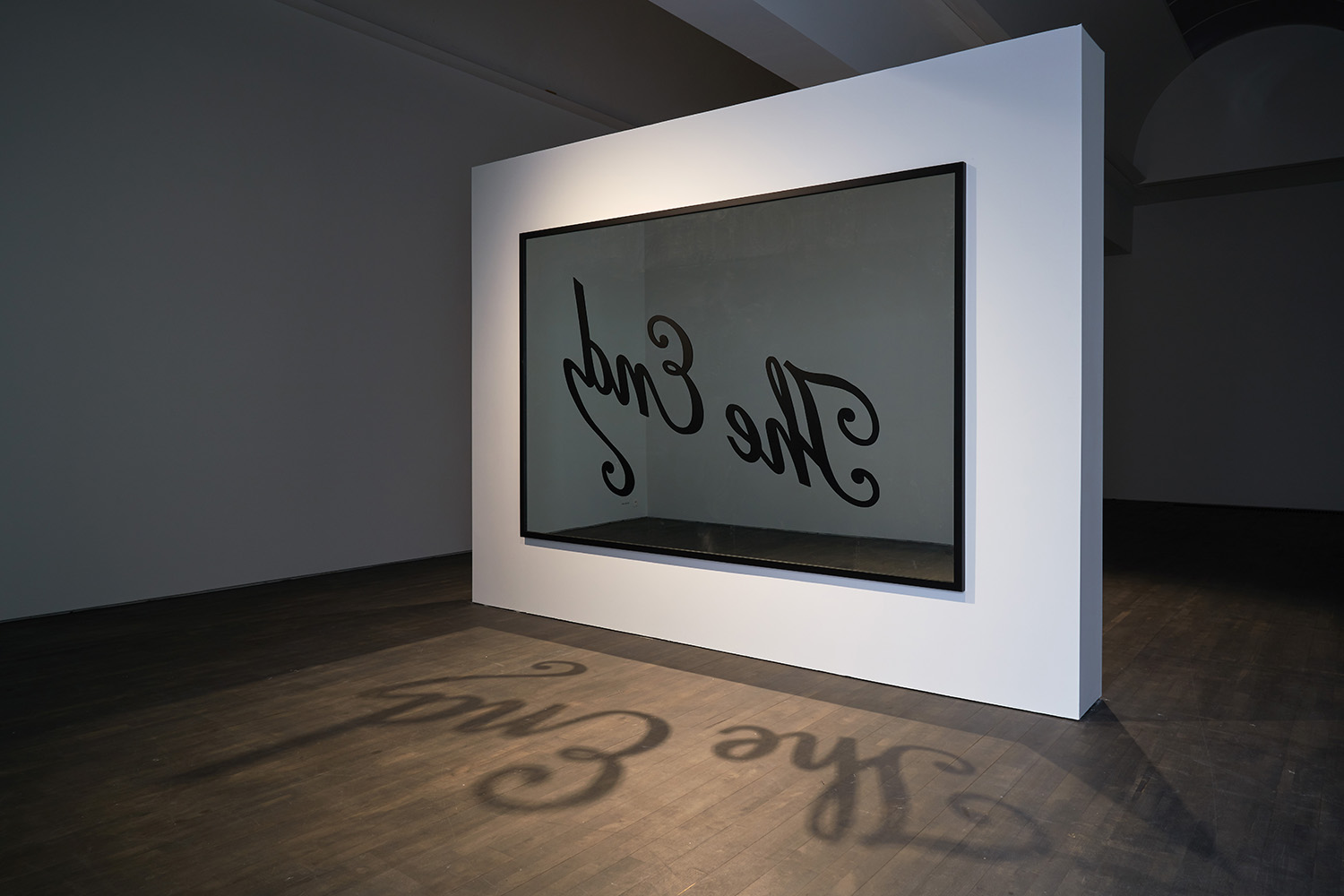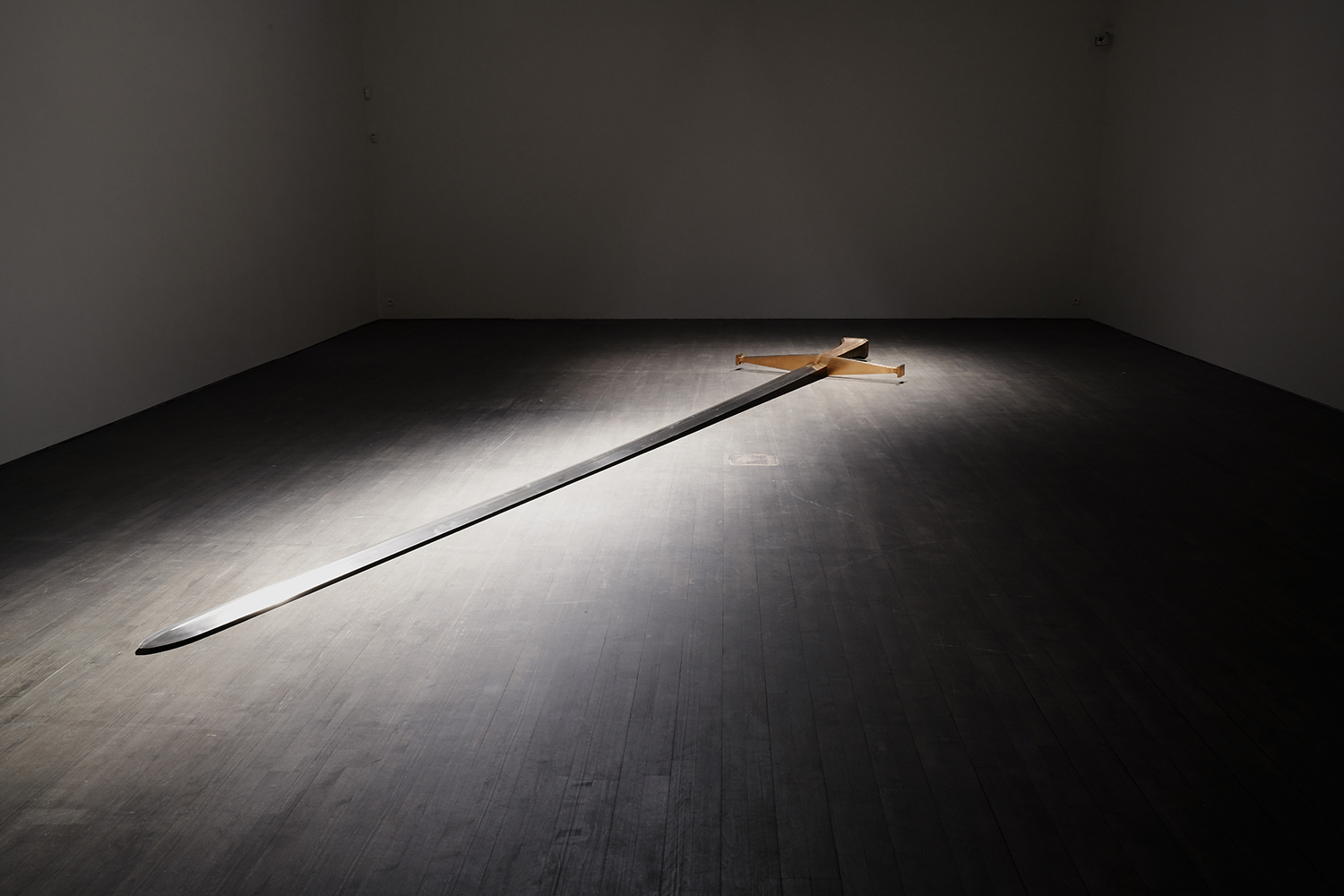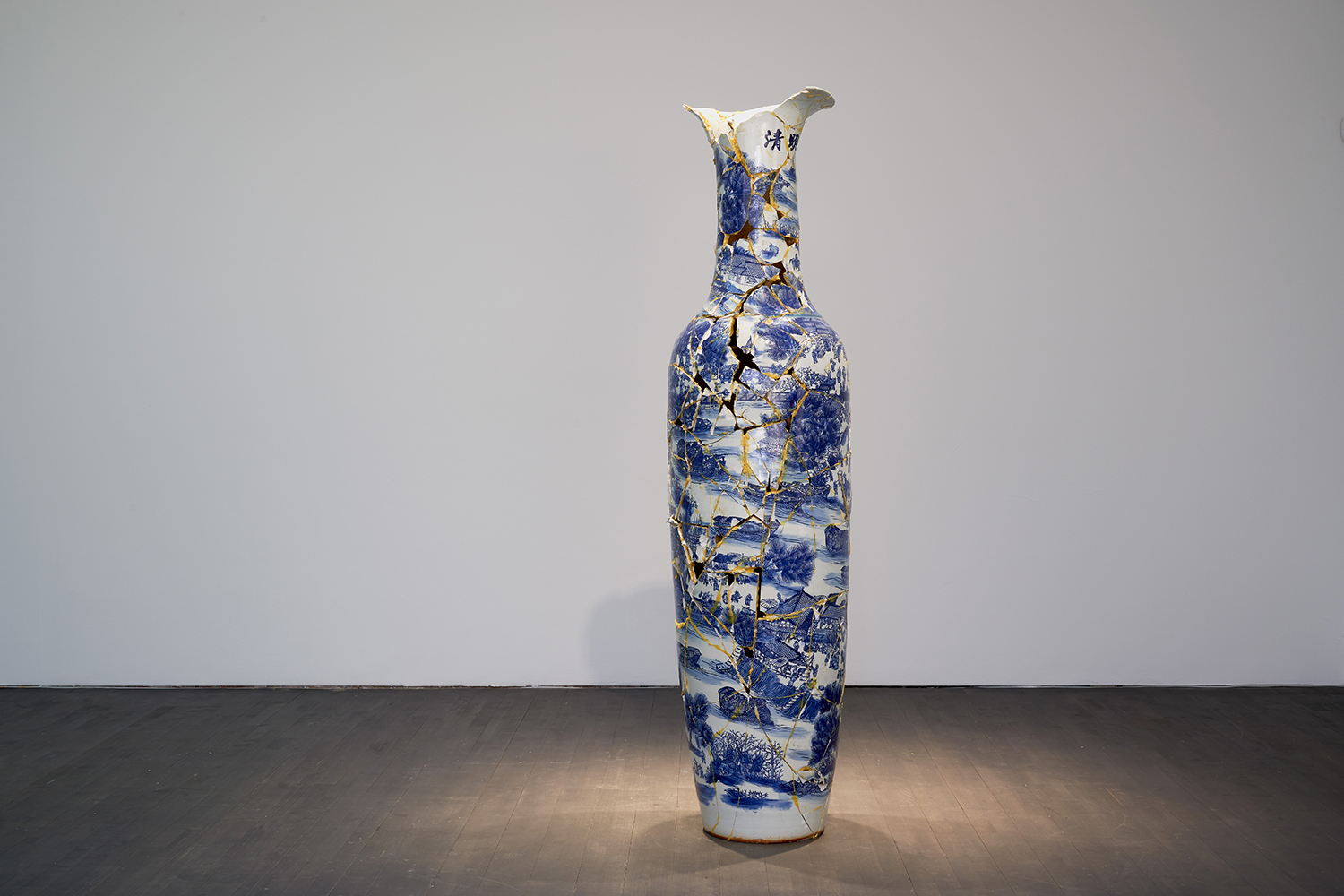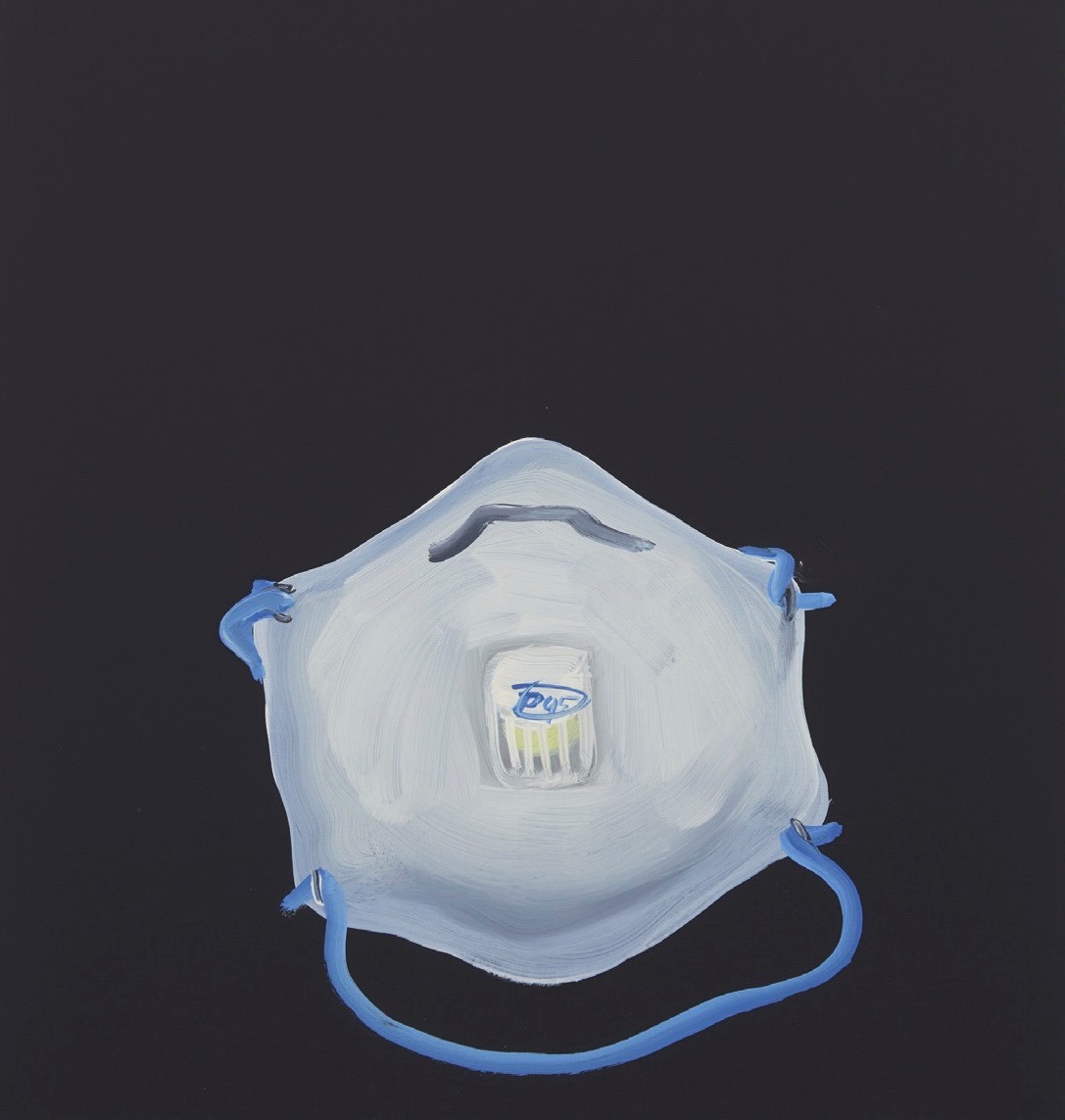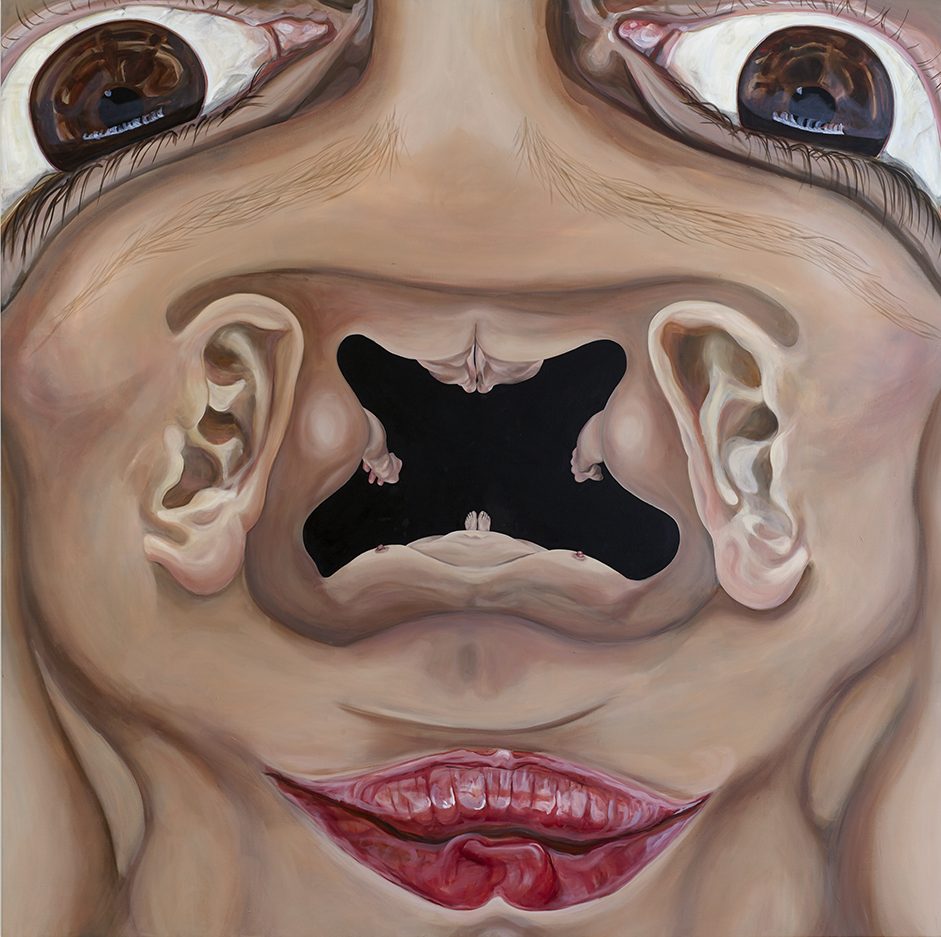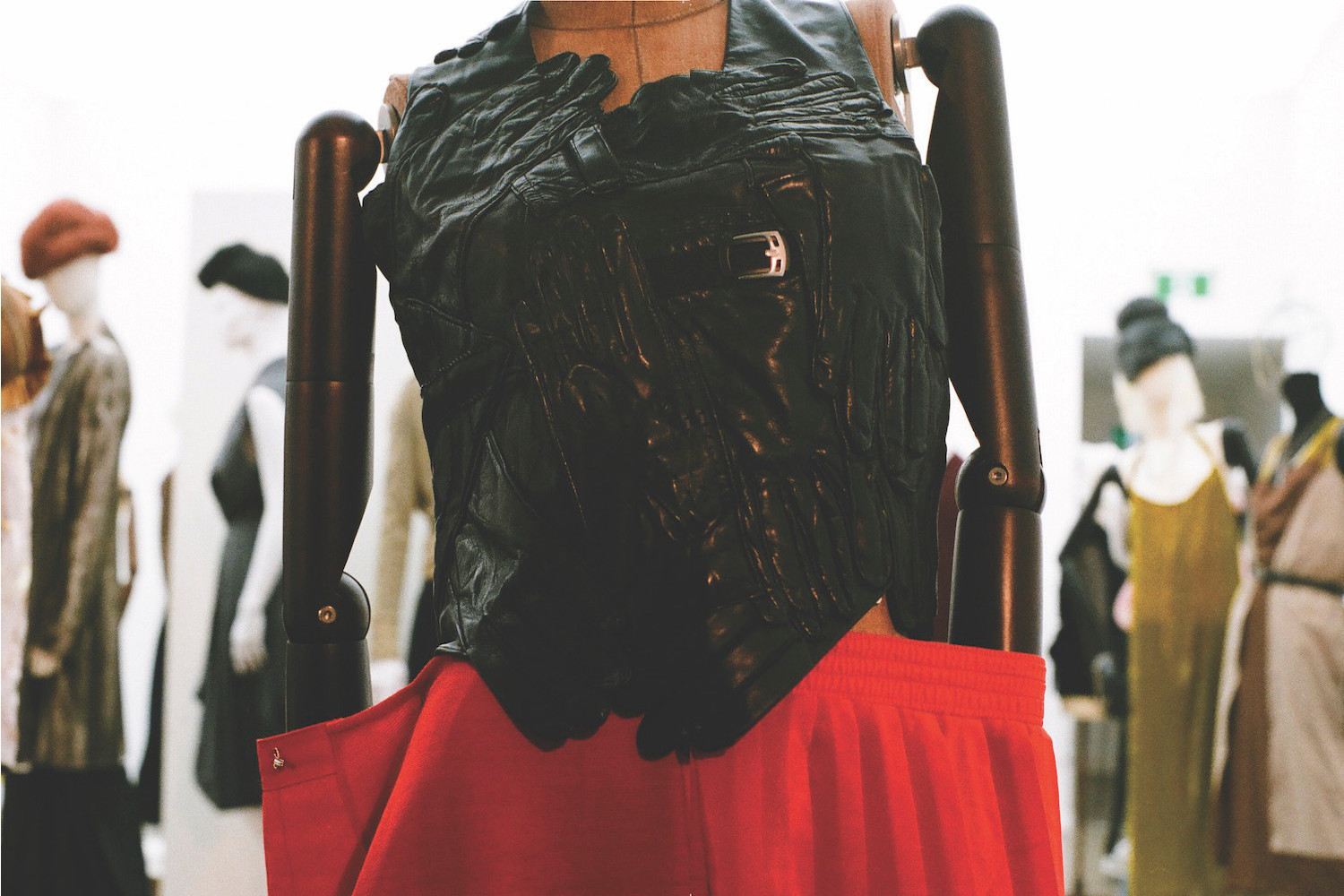It is not concept but harmony that makes Kris Martin’s work compelling. Where ideas fall short, material and language come together; earnestness and insight are preserved despite re-iteration. “EXIT,” the artist’s first Belgium retrospective, surveys works accumulated over two decades. The title is a contradiction inherited from Martin’s installations; these share a universal appeal that draw on shared references and visual language. Bee (2009), a dead bee cast in gold, invites the eye to contemplation — the beautiful cadaver becomes a graceful expression of environmental crisis. Mandi VIII (2006), a reproduction of an iconic Greek sculpture, removes the element of fear from the composition, leaving Lacoön and His Sons to struggle against invisible forces.
The fluency and execution of such works provide a refreshing contrast to a tradition in which theory can systematically overtake material to form a manifesto of confusion. Martin’s objects stand by themselves; they are not dependent on medium or vehicle. Silent, the ideas they embody intrigue the viewer, prompting further inquiry. Viewed in succession, earlier works can be contrasted with recent creations. Funnel (2005), loaned from the Olbricht collection, is an inverted funnel cast in gold. It sits in a glass case next to The Idiot (2005), a hand-copied replica of Dostoevsky’s novel, in which the protagonist’s name is replaced with “Martin.” These objects provoke, delight, and occupy space in a way that reinforces their importance; so captivated is one by the presentation, their relationship to notions of death or transience becomes secondary.
Whereas Martin’s ideas once instigated wonder, later works, such as Microscope (2020), a customized readymade that makes objects appear smaller, and Water (2020), an array of life-containing vessels, raise questions of necessity and subsistence in an age of spectacle and obsolescence. Like Festum II (2010), a splatter of confetti cast in bronze, they rely on an elusive flow of meaning that is dependent upon the presence of corresponding associations. Statement precedes installation to form a fleeting poetics that delights as it is erased, replaced, remembered, resurrected: a continuous grasping at meaning that echoes the enduring struggle that plagues the human condition.

